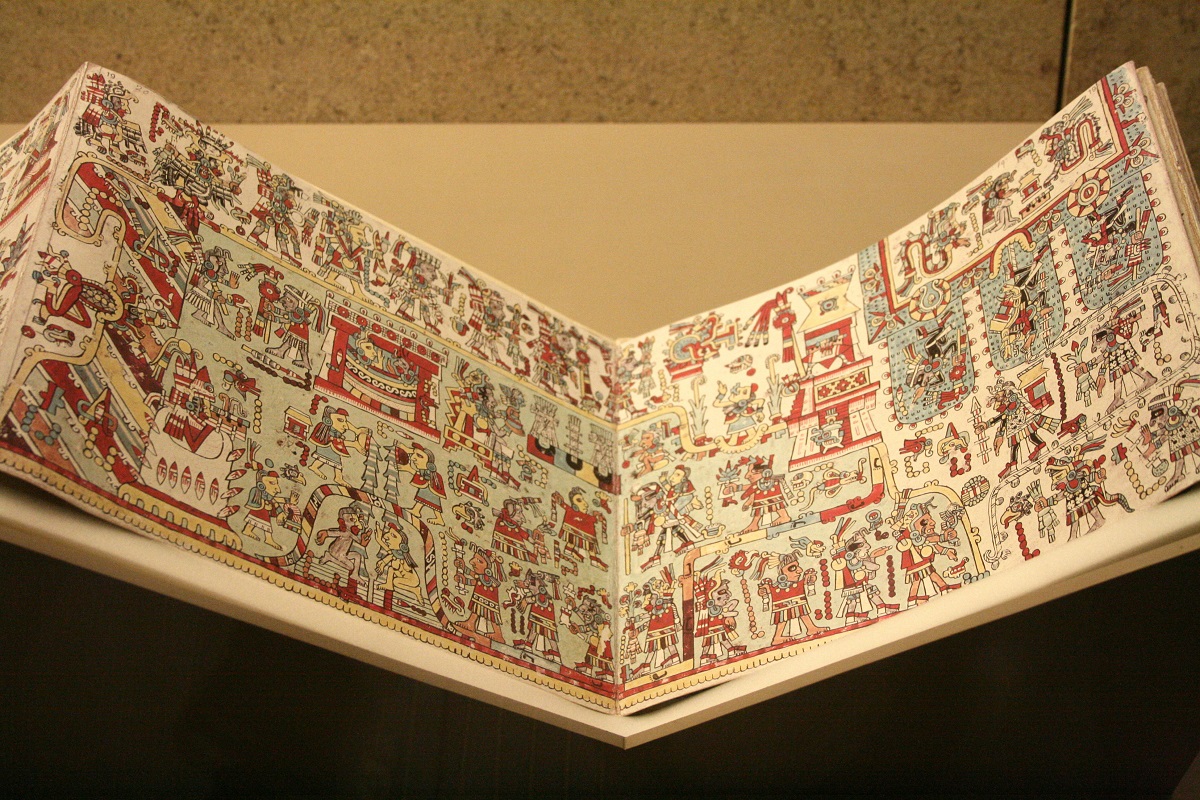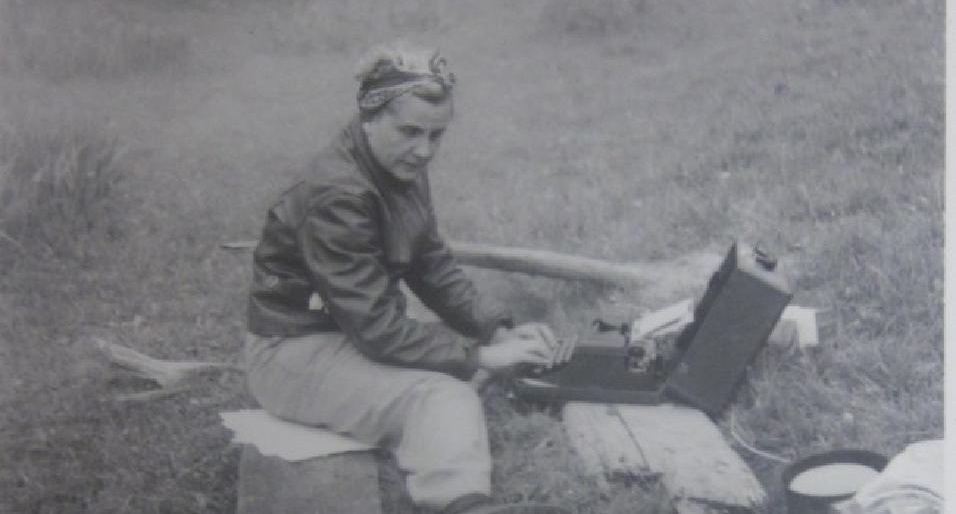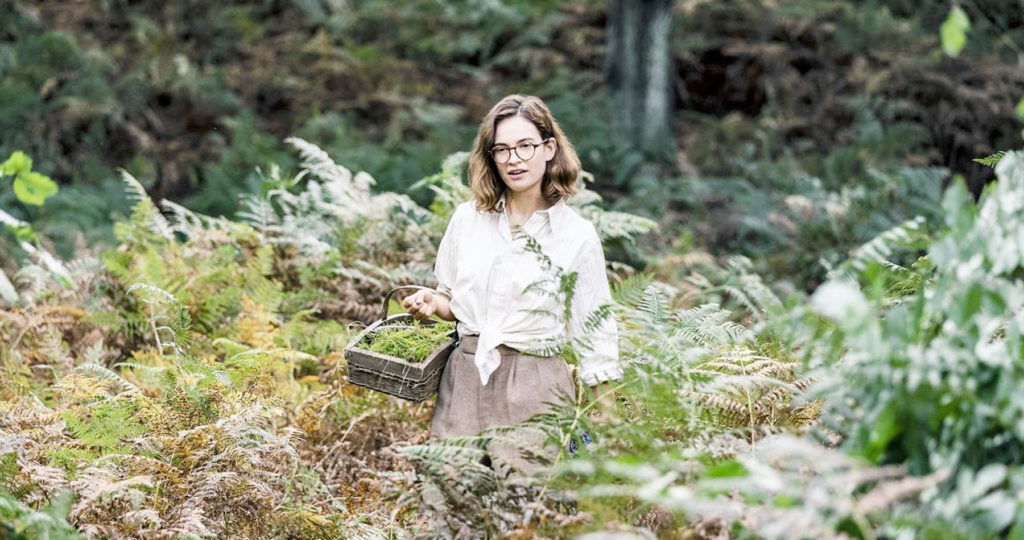Post Category : Women in Archaeology
Zelia Nuttall
Zelia Nuttall was a prominent anthropologist specializing in Mexican archaeology during the Victorian Era. This was a time when archaeology wasn’t as firmly established as a discipline and it definitely wasn’t considered as a suitable career choice for women. ‘Appropriate’ work for women was typically connected to the domestic realm and included jobs like serving, sewing, washing, shoe-making, cleaning, etc. Archaeology, which might require leading large crews of men, attending university, physical labor, and traveling to remote locations, was squarely in the realm of ‘masculine’ work. Nuttall would often face the challenges of these conceptions, but she persevered and helped advance archaeology as a discipline.
Nuttall’s interest in Mexican archeology began at a very young age. She was born in San Franciso on September 6, 1857 to Dr. Robert Kennedy Nuttall and Magdalena Parrott. Magdalena was born in Mexico and, perhaps to connect her young daughter with her heritage, she gave her the book Antiquities of Mexico. This book helped awaken Nuttall’s interest in Mexican archeology.
Nuttall first visited Mexico in 1884. During this trip, she studied and wrote a paper on terra-cotta heads that she had collected from Teotihuacán. Her article was published in the American Journal of Archeology and she immediately started to gain recognition for her work. Before the age of 30, she was elected to the American Association for the Advancement of Science and the Special Assistant in Mexican Archeology at the Peabody Museum of Archeology and Ethnology at Harvard.
Nuttall was an expert in pre-columbian Mesoamerican manuscripts. One of her more famous discoveries was the Zouche-Nuttall codex. The codex is made out of 14 sections of animals skins that fold together like a screen. It is covered with a thin coat of fine lime plaster and painted with bright colors. She located the codex in England in private location after tracing it from the San Marco Monastery in Florence. Prior to this, its existence had been forgotten and lost. Her research on the codex demonstrated codices were not merely pictures as many assumed. Instead, the codex was an account of the historic events of the Mixtec. Another famous archival discovery was locating the Drake manuscripts which chronicled Sir Francis Drake’s journey on the Golden Hind.

Her accomplishments would not stop there. She was given an Honorary Professorship of Archeology at the National Museum of Anthropology in Mexico and she helped set up the International School of American Archeology and Anthropology in Mexico. However, she would eventually resign in anger from her Honorary Professorship of Archeology as a result of her unfair treatment. In 1909, Nuttall visited the Island of Sacrificios. Observing the potsherds on the beach, she returned to take a closer look at the island. She soon discovered a large painting of Quetzalocatl (an important feathered serpent deity) on an ancient wall. Recognizing the importance of the deity, she made plans to return to document the site. She became an expert on the island’s history, finding accounts of the island from 1510 detailing the structures and the sacrifices that occurred there. She created plans to excavate the ruins and applied to the government for financial support. She was dismayed to learn that her funding for the project was less than half of what she had been assured she would receive and that she had to limit the exploration to a small section of the island. She was further outraged when she was told she had to be supervised by Salvador Batres because she was a woman. To add salt to the wound, Batres had a reputation of smuggling artifacts and she did not think he was a competent or ethical archaeologist. She resigned in protest. When Batres tried to claim the discovery of the island, she wrote an article outlining her research and methods, and harshly criticizing Batres and his work using specific examples for the American Anthropologist. Although she had lost the project, her article restored her reputation while destroying Batres.
This is just some of the highlights of Nuttall’s work. If you wish to read more about her accomplishments and her personal life, read Ladies of the Field by Amanda Adams. Not only does this book have more information about Nuttall and other Victorian Era female archaeologists, but it is an entertaining and informing book.
Sources for this article:
Ladies of the Field by Amanda Adams.



